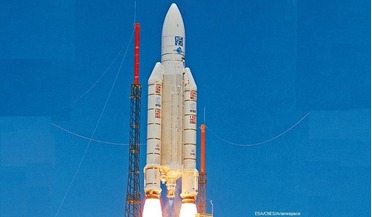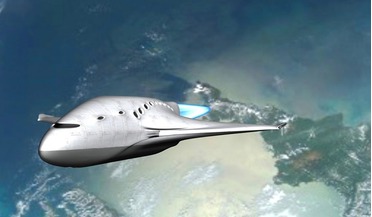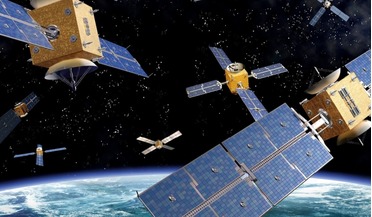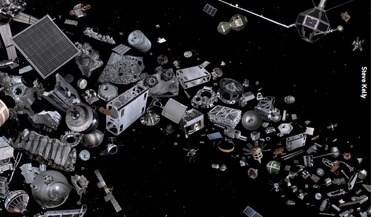 March 2015
ESA’s Clean Space Initiative and the role of the LCA tool
March 2015
ESA’s Clean Space Initiative and the role of the LCA tool
... are among the fastest evolving areas of law, particularly within the EU. As prime examples, the EU directives and regulations RoHS and REACh have considerable implications for European space activities (See references 1 and 2). Increasing attention...
 February 2016
The Benefits of a British Spaceport
February 2016
The Benefits of a British Spaceport
...) and CAA legal experts classify spaceplanes as ‘aircraft’, meaning that the existing body of civil aviation safety regulation would apply to spaceplanes. But at this stage of their development commercial spaceplanes cannot comply with many of these...
 September 2019
Expectations in a connected world
September 2019
Expectations in a connected world
... space is used responsibly to allow all operators to produce high quality services with minimal downtime. And those regulations must be enforced to allow operators, both ground and space, to work harmoniously within the ever-increasingly congested...
 October 2021
A US space strategy for 2050: shaping a domain on the cusp
October 2021
A US space strategy for 2050: shaping a domain on the cusp
... includes cargo transportation, passenger travel and defence uses. Over the last one hundred plus years, regulations and government organisations like the US Federal Aviation Administration and UN International Civil Aviation Organization have played...
 January 2023
Space sustainability imperative
January 2023
Space sustainability imperative
... and much more sophisticated modelling of the orbital debris population. Today it’s basically a free-for-all. We’re trying to regulate a 21st century space industry with tools and techniques that were developed in the 1960s based on international...
 March 2016
Building Confidence and Reducing Risk in Space Resources Policy
March 2016
Building Confidence and Reducing Risk in Space Resources Policy
... continuing supervision by the appropriate State Party to the Treaty’. States typically respond to this obligation through national regulations, laws and licensing regimes. The space resources provisions in the US Act did not establish any elements...